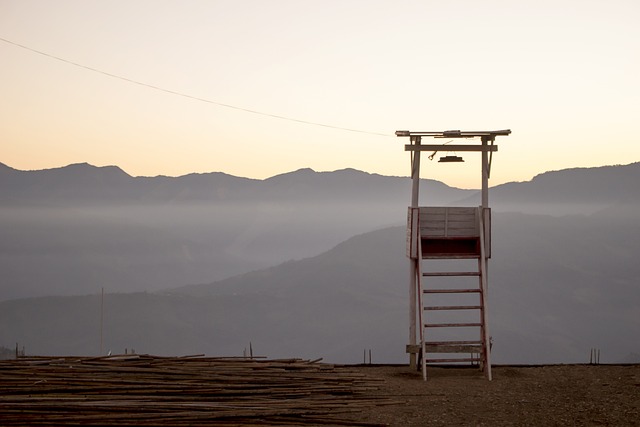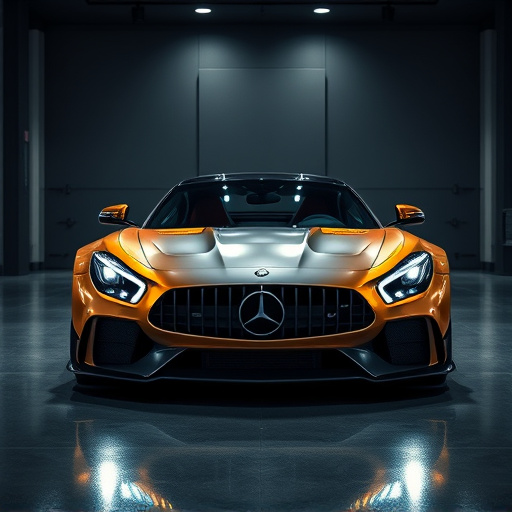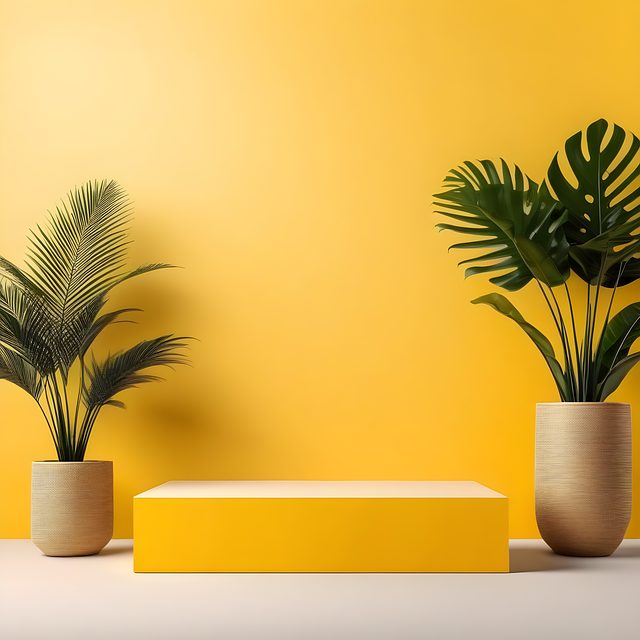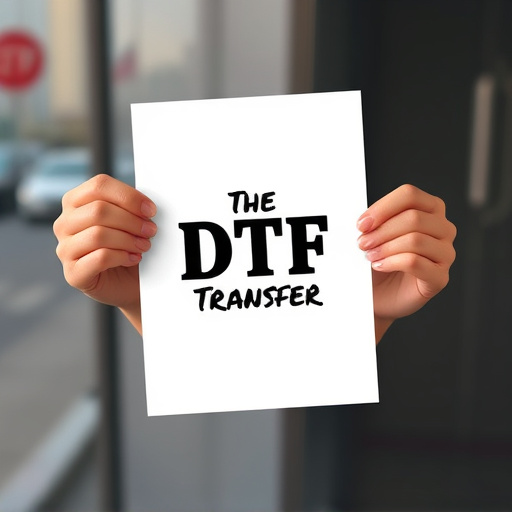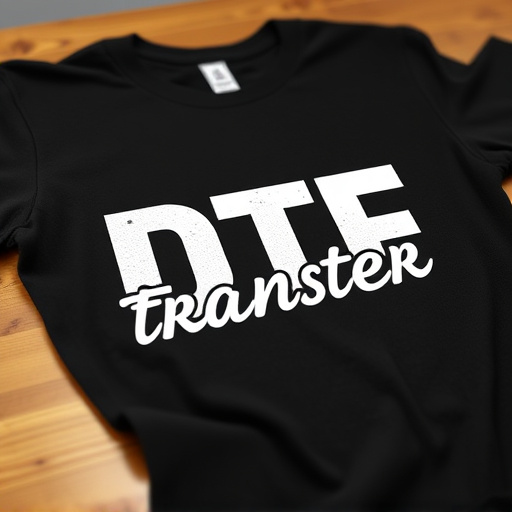Direct-to-film (DTF) transfer and printing is a cutting-edge method revolutionizing film production by enabling high-fidelity reproduction of complex designs and vibrant colors. This process creates digital art optimized for DTF printers, which deposit precise layers of ink or coating onto various surfaces like film, canvas, or screens. DTF offers unparalleled control over color, detail, and composition, streamlining workflows and accommodating diverse screen sizes. The selection of suitable materials, including fabric substrates and inks, ensures optimal results. By facilitating unique, personalized artwork, DTF transfers enhance cinematic experiences, from intricate illustrations to abstract patterns, captivating global audiences with immersive visual storytelling.
In today’s dynamic film industry, personalized artwork for direct-to-film (DTF) applications is revolutionizing visual storytelling. This article delves into the world of DTF transfers, exploring their benefits and creative potential. We’ll guide you through understanding DTF printing, choosing the right materials, and designing unique transfers tailored to specific films. From digital files to final prints, we’ll uncover the process and present inspiring case studies showcasing successful implementations in cinematic projects, highlighting the art and science of DTF technology.
- Understanding Direct-to-Film (DTF) Transfer: A Brief Overview
- The Benefits of Personalized DTF Artwork for Film Applications
- Choosing the Right Materials for DTF Prints: Fabric, Ink, and Adhesives
- Creative Possibilities: Designing Unique DTF Transfers for Different Films
- The Printing Process: From Digital File to Final DTF Print
- Case Studies: Successful Implementation of Personalized DTF Artwork in Cinematic Projects
Understanding Direct-to-Film (DTF) Transfer: A Brief Overview
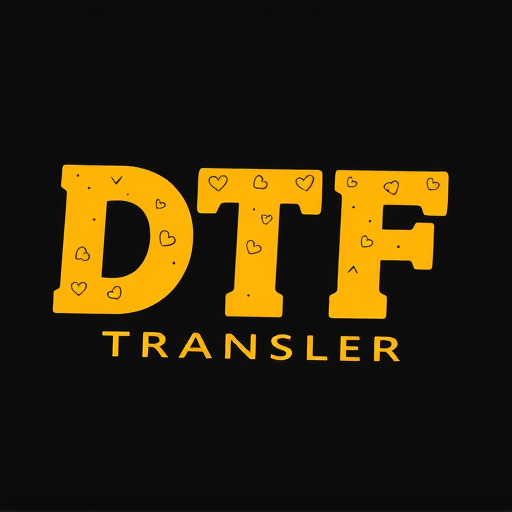
Direct-to-film (DTF) transfer is a cutting-edge printing process that has revolutionized the way artwork is applied to various surfaces, especially in film and media production. This innovative technique involves transferring high-quality images directly onto materials like film, canvas, or even digital screens without the need for intermediate printing plates. DTF offers unparalleled precision and detail, ensuring that intricate designs and vibrant colors are accurately reproduced on the final medium.
The process starts with a digitally created artwork, which is then optimized for DTF printing. This includes adjusting resolution, color profiles, and other technical aspects to ensure optimal results. Once prepared, the digital file is sent to a specialized printer capable of direct application onto the desired surface. The printer then precisely deposits layers of ink or coating, layer by layer, building up the final image or pattern. DTF Printing is particularly advantageous for creating custom artwork tailored to specific film projects, enabling filmmakers and artists to bring their vision to life with exceptional clarity and impact, resulting in captivating visual experiences for audiences worldwide.
The Benefits of Personalized DTF Artwork for Film Applications
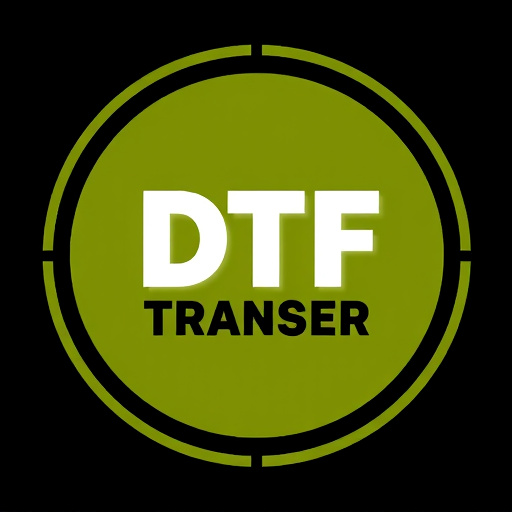
Personalized artwork tailored for direct-to-film (DTF) applications offers a multitude of advantages in the film industry. One of the key benefits is the ability to create unique visual elements that can significantly enhance the overall cinematic experience. DTF Transfer, a process where art is directly printed onto film, allows artists and filmmakers to achieve stunning visuals with precise control over color, detail, and composition. This level of customization ensures that each film project has its own distinct artistic touch, making it stand out in a crowded market.
Moreover, DTF Printing enables efficient production workflows. By eliminating the need for traditional printing methods or manual illustrations, filmmakers can save time and resources. DTF Prints are versatile and can be easily adapted to various screen sizes and formats, catering to both independent filmmakers and major studios. This technology streamlines the process of creating special effects, title sequences, and other graphic elements, allowing artists to focus on their creative vision without compromise.
Choosing the Right Materials for DTF Prints: Fabric, Ink, and Adhesives
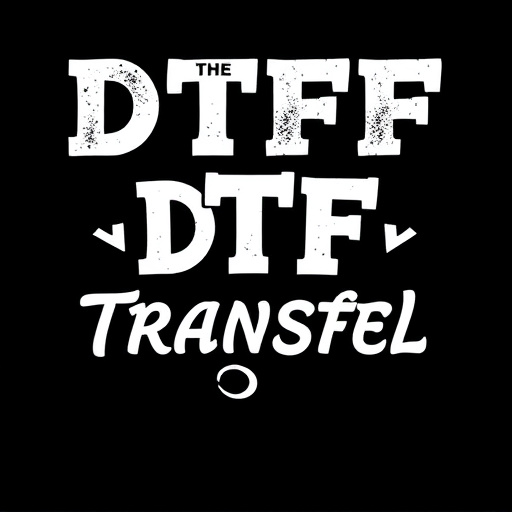
When creating personalized artwork for direct-to-film (DTF) application, selecting the appropriate materials is paramount to achieving high-quality results. The choice of fabric plays a significant role; it should be a suitable substrate that can withstand the printing process and subsequent adhesive application. Common options include cotton, polyester, or specialized DTF transfer papers designed for various materials like metal or acrylic.
Ink selection is another critical aspect. DTF printing demands vibrant, durable inks that can reproduce intricate details accurately. Eco-solvent or UV inks are popular choices as they offer excellent color fastness and adhere well to different surfaces. Additionally, choosing the right adhesives is essential for a successful DTF transfer. These adhesives ensure a strong bond between the printed artwork and the target material, whether it’s fabric, metal, or plastic.
Creative Possibilities: Designing Unique DTF Transfers for Different Films

The world of direct-to-film (DTF) application opens up a treasure trove of creative possibilities for artists and designers. With DTF transfers, there’s no limit to the unique and personalized artwork that can be crafted for various cinematic projects. Each film presents an opportunity to create visually stunning prints tailored to its specific theme, narrative, or aesthetic.
Artists can explore different design approaches, from intricate detail-rich illustrations to bold, abstract patterns, ensuring every DTF print is a masterpiece in its own right. Whether it’s a period drama requiring detailed costume designs or a sci-fi epic demanding futuristic cityscapes, the versatility of DTF printing allows for endless artistic expression. This medium enables the creation of one-of-a-kind visual elements that can elevate any film to new heights.
The Printing Process: From Digital File to Final DTF Print
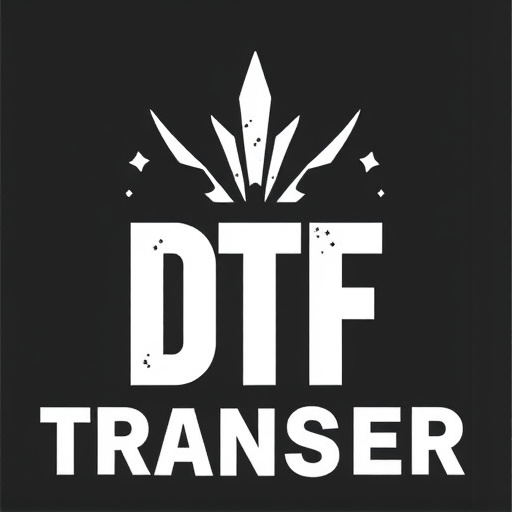
The process of creating personalized artwork for direct-to-film (DTF) application involves a meticulous journey from the digital realm to the final printed product. It begins with artists preparing their designs in high-resolution digital files, ensuring they meet the specific requirements for DTF transfer. These files are then optimized for color accuracy and resolution, as even the slightest imperfections can be amplified when scaled up for printing.
Once the artwork is finalized, it’s time for the DTF printing process to begin. The digital file is transferred to a specialized printer that uses advanced techniques to etch the design onto a film. This film becomes the template for the DTF transfer, allowing for precise reproduction of the artwork on various surfaces. After printing, the film is carefully prepared for application, often involving careful cutting and alignment to ensure seamless integration into the desired medium, whether it’s clothing, signage, or other materials.
Case Studies: Successful Implementation of Personalized DTF Artwork in Cinematic Projects
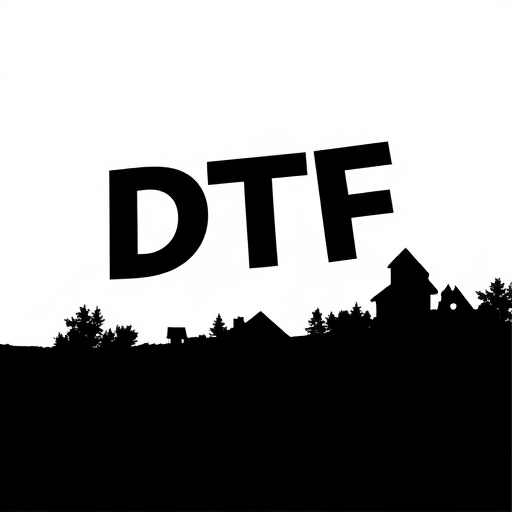
The successful integration of personalized artwork in direct-to-film (DTF) applications has been a game-changer for the cinematic industry. Case studies reveal that this innovative approach enhances visual storytelling, offering filmmakers a unique and powerful tool to bring their creative visions to life. By employing DTF transfer techniques, artists can create intricate designs and detailed prints directly onto film stock, resulting in stunning visuals that capture audiences’ attention.
For instance, in recent blockbusters, DTF printing has been utilized to craft elaborate props and backdrops, adding depth and realism to scenes. This technology allows for the reproduction of fine art details, complex patterns, and even photographic images on film, creating immersive environments. The versatility of DTF transfer is evident in various projects, from historical epics with intricate set designs to futuristic sci-fi films featuring otherworldly landscapes. These implementations showcase how personalized artwork can elevate cinematic experiences, offering a fresh perspective on visual storytelling.


